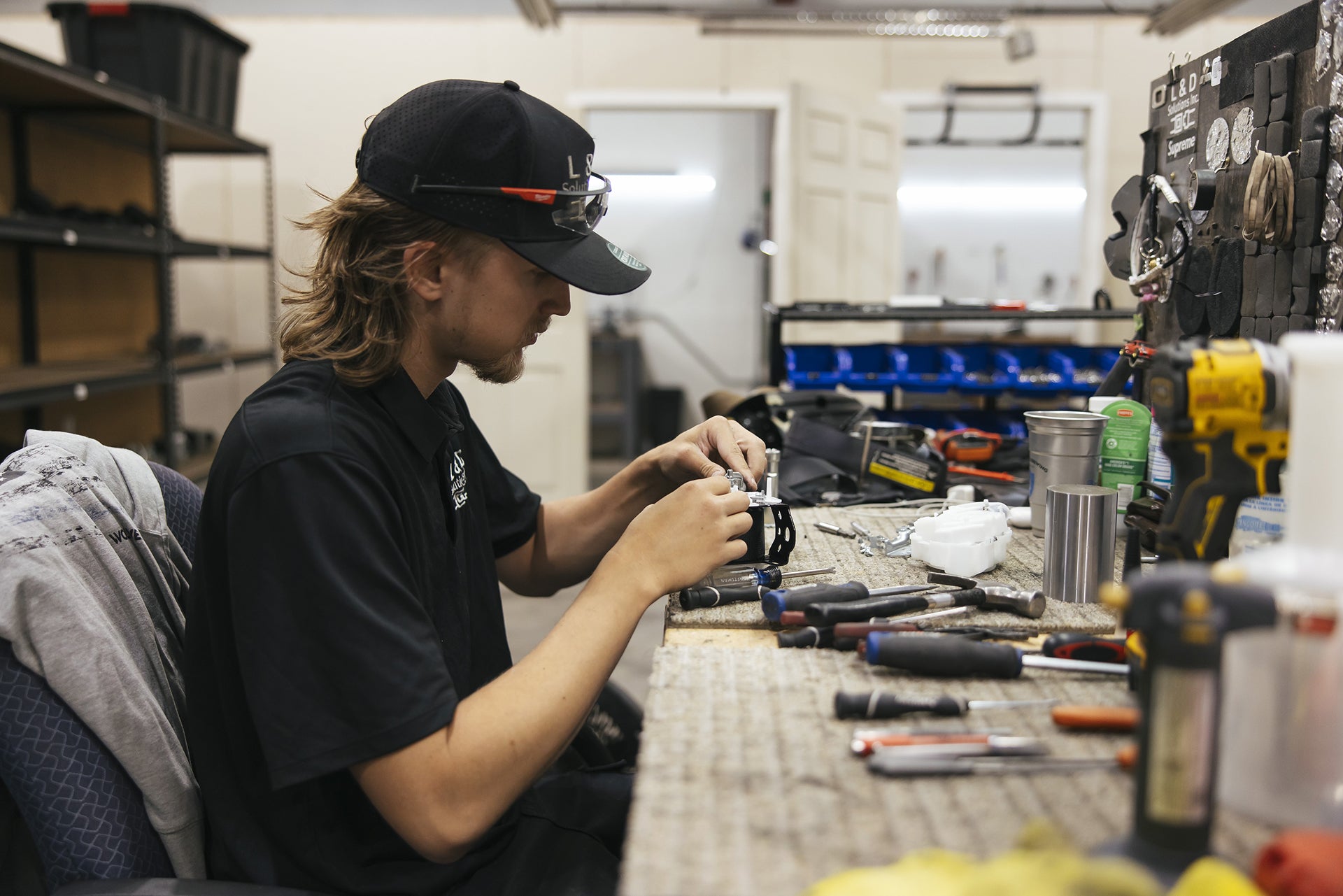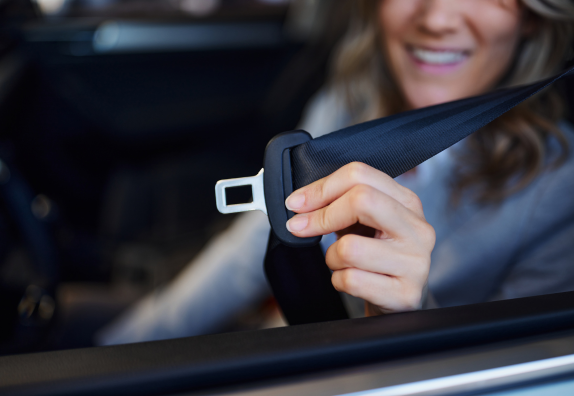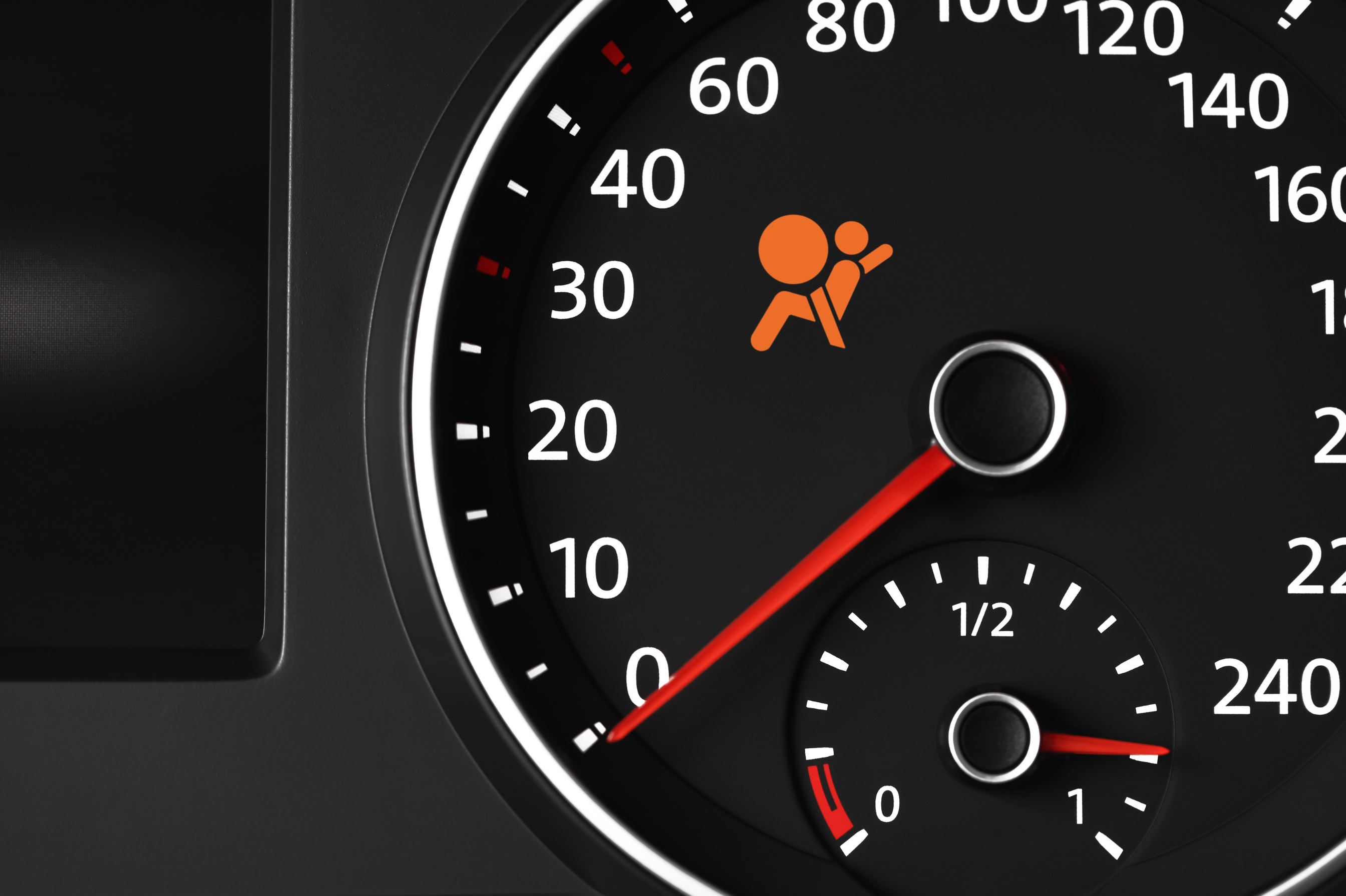Why Seat Belt Replacement Should Never Be Delayed
We all know how life getsits easy to put off the little things. Maybe your seat belt doesnt retract like it used to, or theres a tiny tear in the webbing. It still clicks, so it’s fine, right? Wrong.
Delaying seat belt replacement is like ignoring a leaky roof: it seems manageable now, but when the storm hits, the damage can be catastrophic. Your seat belt is more than a strip of fabric; its your lifeline in an accident. Ignoring a damaged one puts you at serious risk, and no one wants to learn that the hard way.
Seat Belts: Your Silent Safety Net
Seat belts save nearly 15,000 lives annually in the U.S., according to the National Highway Traffic Safety Administration (NHTSA). This humble device is the simplest, most effective safety feature in your car, but like all things, it wears out over time.
How Do You Know Its Time to Replace Your Seat Belt?
Heres a checklist to spot trouble:
- Fraying or Tears: Even minor wear can compromise strength. Pull the belt out fully and check for frayed edges, cuts, or holes.
- Sticky or Jammed Retractor: A slow or stuck retractor may prevent the belt from locking properly during a sudden stop.
- Post-Accident Wear: After a crash, seat belts likely absorbed significant force and need replacement.
- Buckle Problems: If it doesnt click securely or releases too easily, its unreliable.
- Fading or Stiffness: UV exposure or spills can weaken the material, making it brittle.
The Risks of Ignoring the Problem
Driving with a damaged seat belt is a gamble:
- Your Safety: A damaged seat belt may fail to hold you securely during a crash.
- Legal Consequences: Faulty safety equipment could result in fines or legal issues after an accident.
- Higher Costs: Ignoring the issue can lead to additional repairs, like malfunctioning sensors or interior damage.
Why Replacing Seat Belts After a Crash Is Crucial
Seat belts are designed to stretch during a collision to absorb energy. Once deployed, theyre less effective in future crasheslike a parachute thats already been used.
How to Handle Seat Belt Replacement
Replacing a seat belt is easier than you think:
- Inspect the Damage: Identify if the webbing, retractor, or buckle needs fixing.
- Check Your Manual: Your cars manual specifies the type of seat belt required.
- Order Quality Parts: Use OEM (Original Equipment Manufacturer) parts for reliability.
- DIY or Professional Help: If youre confident, you can replace it yourself. Otherwise, consult a mechanic.
- Test It: Buckle up and tug sharply to ensure it locks correctly.
FAQs About Seat Belt Replacement
- Do seat belts expire? They dont have an expiration date, but factors like wear, UV exposure, and crashes can shorten their lifespan.
- How much does replacement cost? Replacing a seat belt typically costs $150$300, depending on the vehicle and damage.
- Can I replace it myself? Yes, if youre comfortable with basic tools. Otherwise, seek professional help.
- What if only the retractor is damaged? In some cases, just the retractor can be replaced. A mechanic can advise you.
- Should I replace all seat belts after a crash? If they were in use, yes. Theyve likely stretched or sustained damage.
Take Action Before Its Too Late
Replacing a damaged seat belt might not seem urgentbut its a simple fix that could save your life. Inspect your seat belts today, and if somethings off, address it immediately. Your safety is worth it.




Leave a comment
This site is protected by hCaptcha and the hCaptcha Privacy Policy and Terms of Service apply.